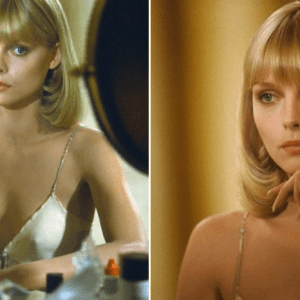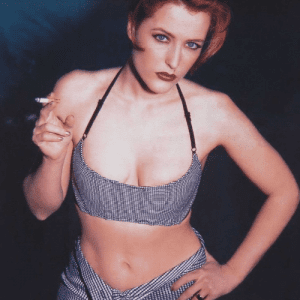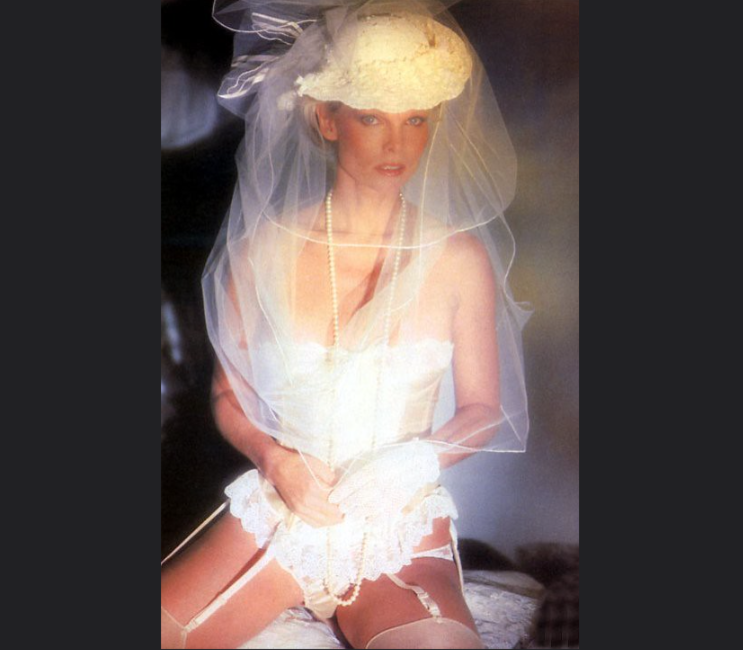
Before the gold-trimmed armor and blockbuster budgets, Cathy Lee Crosby’s 1974 Wonder Woman opened a different door into the legend—one built on tradecraft, negotiation, and nimble strategy. Rather than a pageant of powers, the film presents Diana Prince as an elite operative tasked with navigating delicate, global crises. It’s a thriller first, superhero story second, and that inversion makes the film essential reading in the character’s long, adaptive history.
Video: Cathy Lee Crosby, the original Wonder Woman
Designing a Human-Scale Hero
Everything here is tuned to human scale. The camera favors clear blocking over explosive mayhem; the pacing prioritizes informational stakes—who knows what, and when—over visual bombardment. Wardrobe choices lean streamlined and modern, the sort of clothing that moves through corporate corridors and international lounges without drawing fire. This aesthetic was a statement: competence can be cinematic. By letting Diana blend in when needed, the film communicates that stealth and social fluency are as heroic as a dramatic entrance.
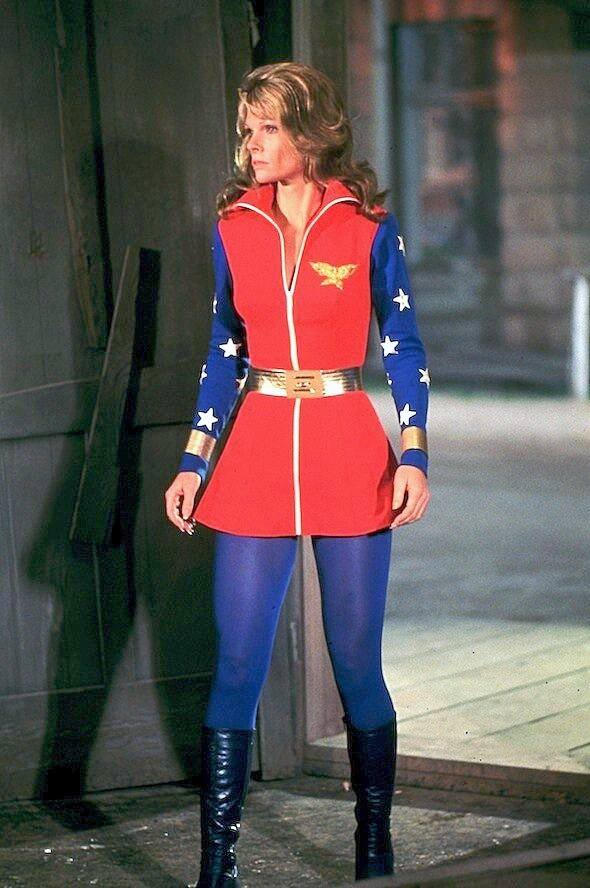
Narrative Mechanics: Intrigue Over Impact Craters
Plot engines revolve around leverage, misdirection, and moral pressure. Each turn tightens the vice on Diana’s choices, forcing her to anticipate betrayals, inoculate against traps, and reframe threats. The telefilm treats intelligence work as a choreography of listening, testing, and responding. When fists fly, it’s purposeful; when plans shift, it’s earned. The result is suspense that respects the audience, trusting viewers to track layered motives and the cascading consequences of a single misjudged meeting.
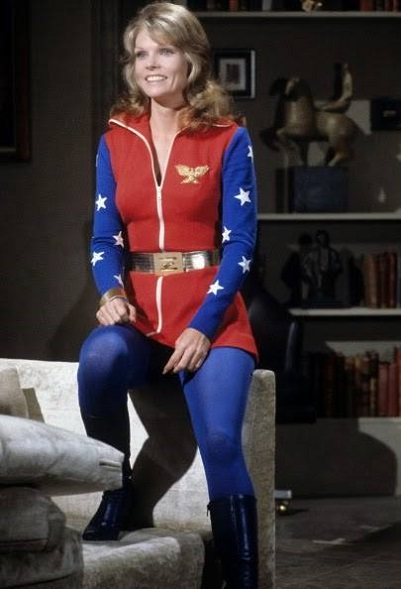
Crosby’s Performance: The Authority of Calm
Crosby locates a version of Wonder Woman whose power reads as calm under pressure. She stands tall because she knows what she’s doing, not because she needs to announce it. Dialogue lands with measured confidence; physical beats feel trained and intentional. This is leadership as presence—the quiet power of someone who wins trust in rooms full of doubt. It’s a compelling counterweight to louder, flashier takes, and it expands the character’s interpretive bandwidth.
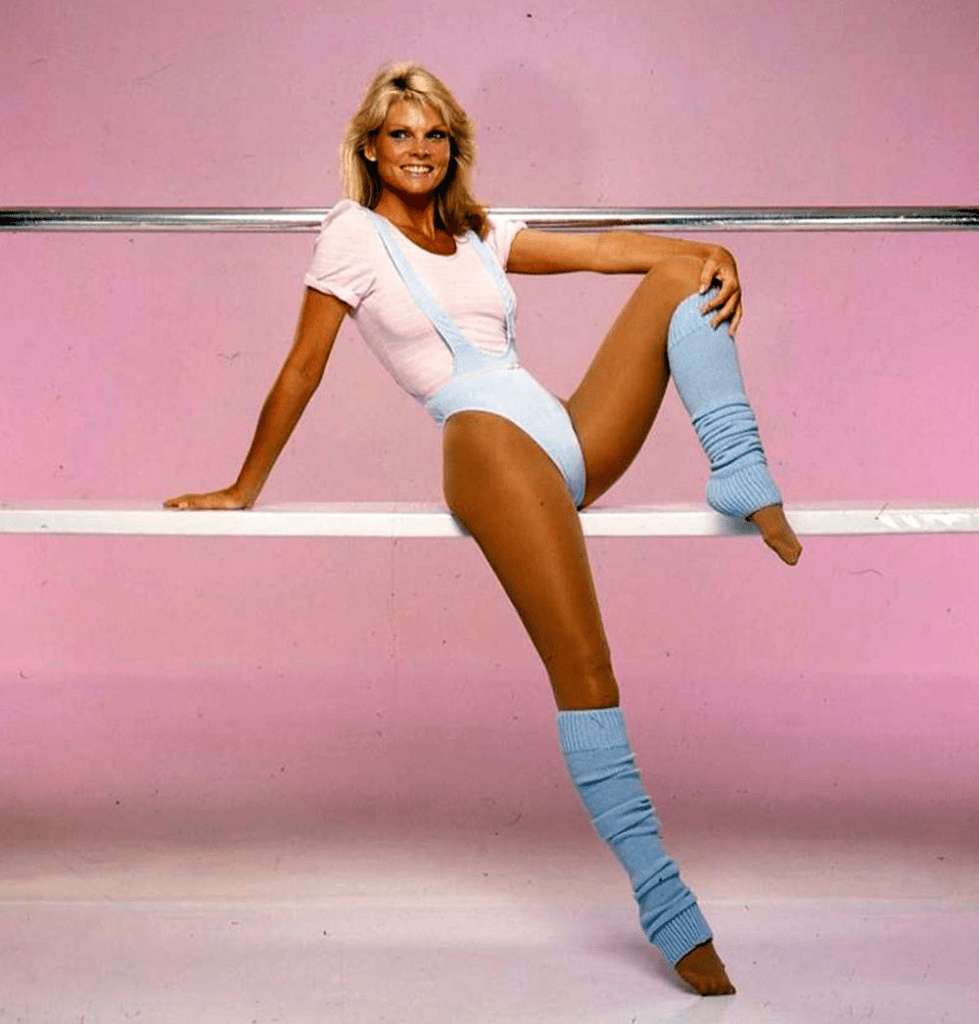
Thematic Spine: Integrity, Strategy, and Care
Three pillars hold everything up:
- Integrity: Diana refuses short-cuts that compromise people. Her methods model ethical strength, not just tactical success.
- Strategy: She reads systems as well as individuals, parsing incentives, hierarchies, and cultural cues.
- Care: The mission protects more than files or reputations; it safeguards lives and social trust, the true currency of a public guardian.
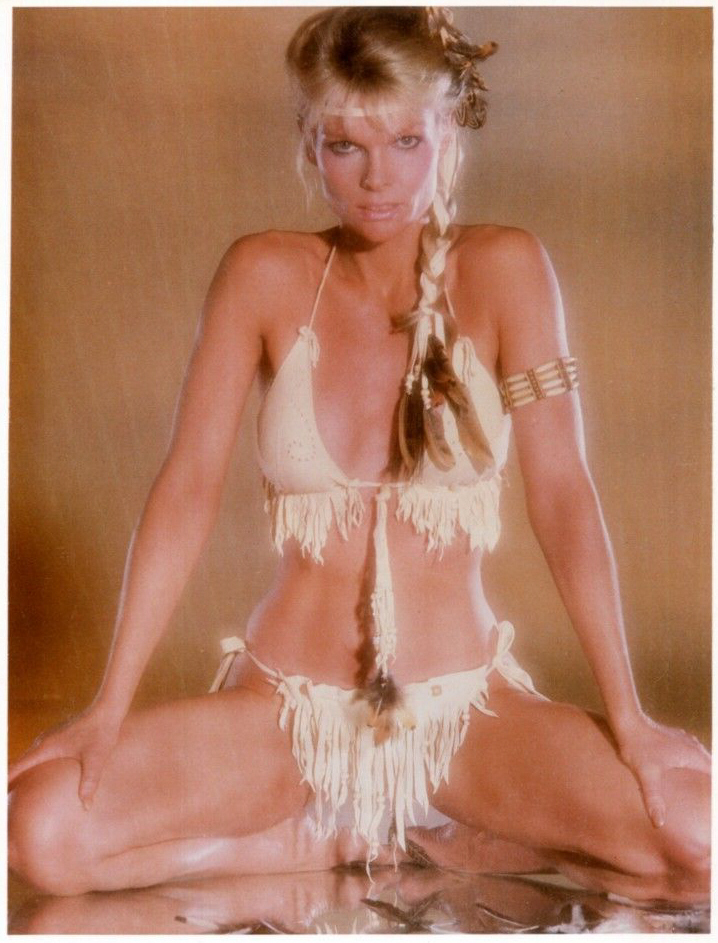
Comparative Lens: What This Film Adds to the Canon
Looking at the character’s broader screen life, the 1974 film supplies an espionage grammar many later versions would borrow in smaller doses. It argues that Diana’s greatness doesn’t require a constant show of force; it requires clarity of purpose and the skills to execute under constraints. By proving that thesis on network television, the film expands the imaginable range for Wonder Woman story worlds—everything from diplomatic thrillers to corporate conspiracies sits within reach.
Video: The Dark (1979) | Full Movie
Production Choices That Serve Story
- Locations as narrative tools: Airports, hotels, and offices function as pressure cookers where reputations can be made or broken in minutes.
- Props with meaning: Briefcases, dossiers, phones—mundane on paper—become plot levers that change who holds power in a scene.
- Kinetic staging: Chases and confrontations play readably, with camera placement that shows causality rather than obscuring it.
These choices reflect a core belief: clarity creates intensity. When viewers understand precisely what might go wrong, they feel the stakes more acutely than when everything is noise.
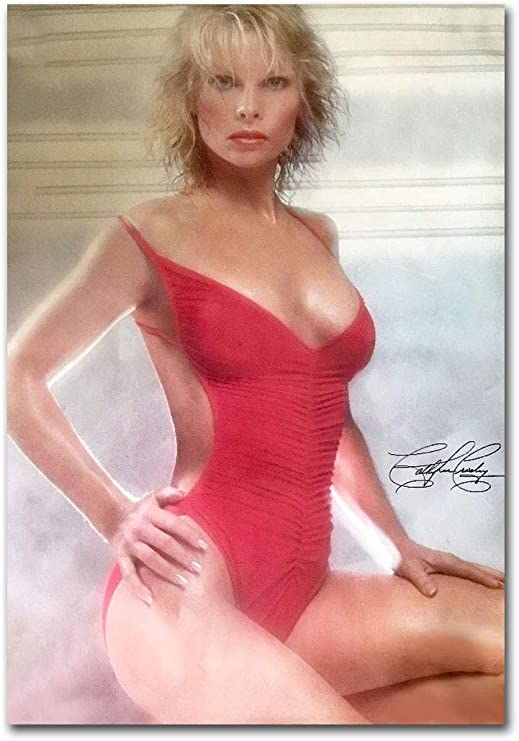
Cultural Footing: Television Testing Its Nerve
The telefilm arrived when TV was testing the market for female-led action. It had to persuade executives that audiences would invest in a woman whose primary strength was judgment under pressure. In doing so, it implicitly challenged old assumptions about who gets to command the frame in a thriller. The fact that this film exists—and holds together as well as it does—marks a turning point. It helps explain why later adaptations could risk bigger visuals: a groundwork of audience trust had already been laid.
Video: Every Wonder Woman Actress (1972–2024) | Live Action to Animation Evolution!
Why This Version Feels Fresh Today
Contemporary viewers who love smart spy dramas will recognize the pleasures here: clean storytelling, legible action, character-driven stakes. In a media environment sometimes saturated with scale, the telefilm’s restraint reads as confidence. It trusts intelligence, pacing, and performance to carry the day. That trust pays off; the best scenes don’t shout. They tighten.
Lessons for Creators and Marketers
- Lead with values, not visuals: A clear moral core travels across formats and decades.
- Design for context: Wardrobe, sets, and props should advance intent, not just decorate.
- Show the work: Audiences connect when they see how a hero solves problems step by step.
- Honor ambiguity: Espionage thrives on competing truths. Let characters argue their case.
- Cast for presence: The right performer makes quiet choices read as decisive power.
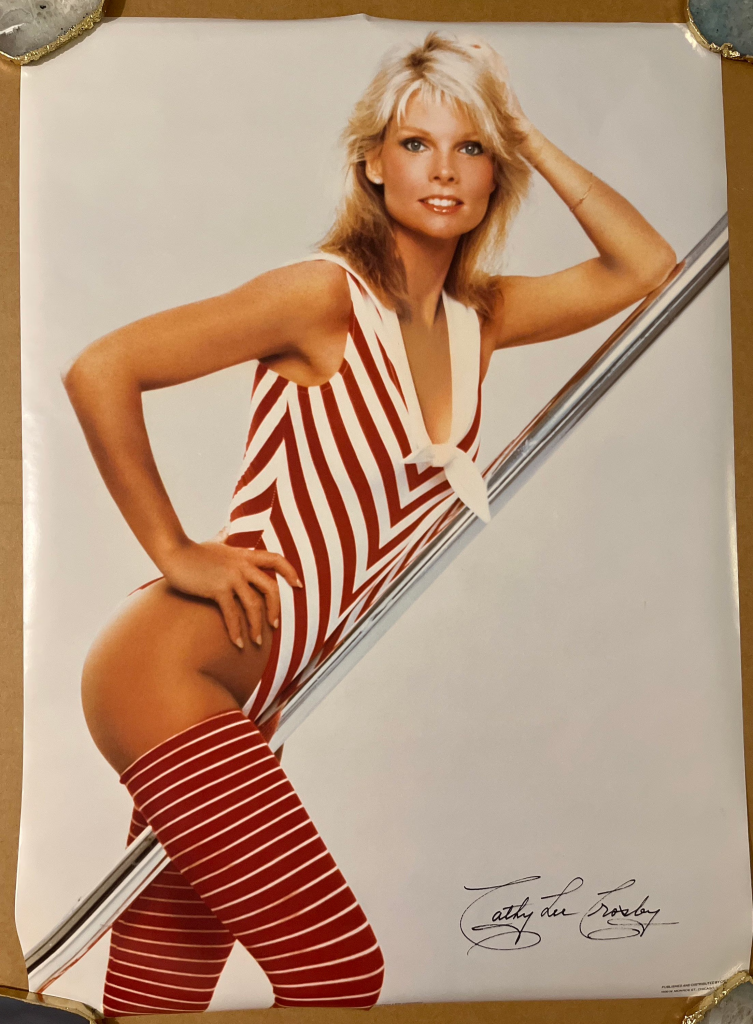
Re-evaluation: From Curiosity to Cornerstone
For years, some treated the 1974 film as a curiosity—an early draft of a better-known success. That view undersells what it achieved. We argue for a cornerstone reading: it validated the character on television, stretched the genre’s vocabulary, and set a professional template that future portrayals could either adopt or contrast. Even when later versions pivoted hard into myth, they benefited from this film’s proof that audiences would follow Diana anywhere—so long as her integrity and intellect led the way.
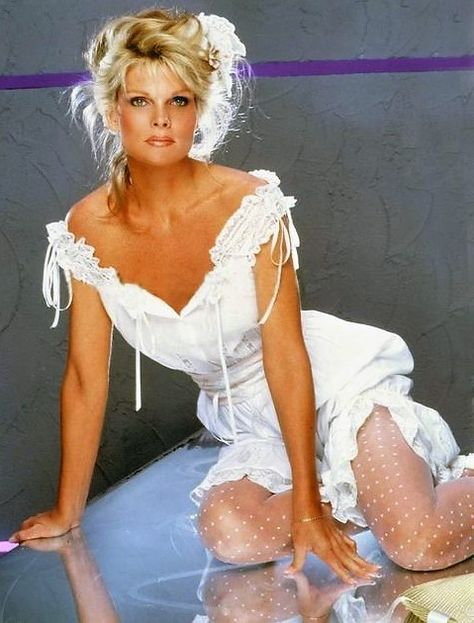
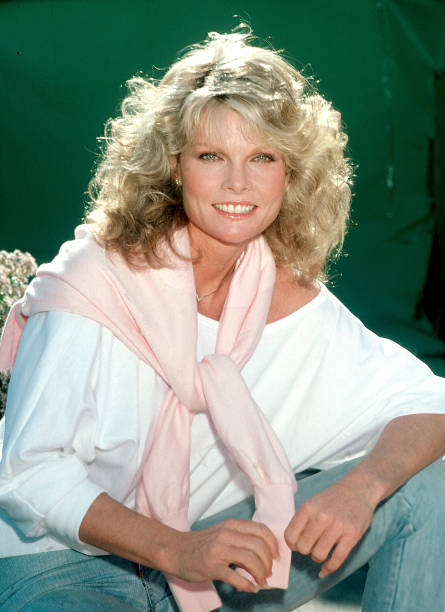
Cathy Lee Crosby’s Wonder Woman reminds us that it takes courage to stay grounded. To trust craft over clamor. To build a heroine from principle, preparation, and care. That’s not a footnote; it’s a foundational statement—one that continues to inform how we write, cast, design, and champion complex women at the center of big, consequential stories. Rewatch it with that lens, and you’ll see not an outlier, but a formative chapter in the making of an icon.
